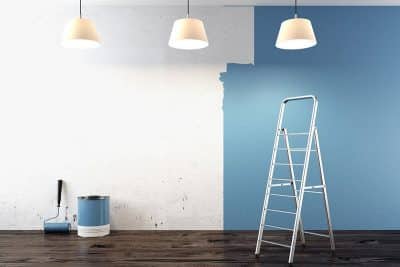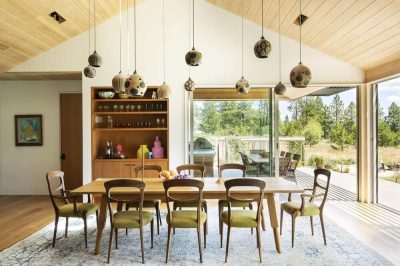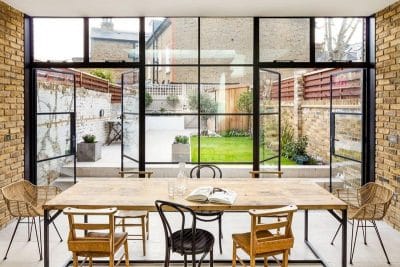Creating outdoor spaces that mirror indoor elegance can significantly elevate your home’s aesthetic and lifestyle. Thoughtfully designed patios, gardens, and decks can serve not just as functional areas but as extensions of your style. This guide explores strategies to craft outdoor settings that intertwine with your interior design ethos, providing a seamless transition from indoors to out.
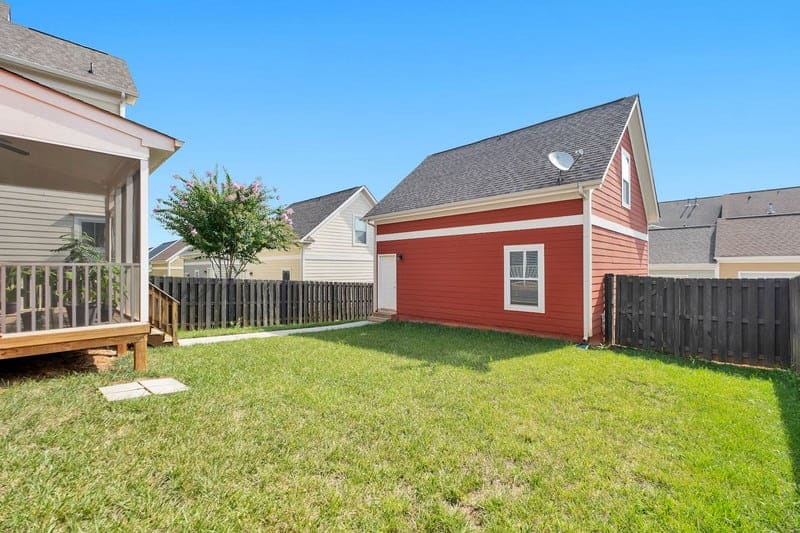
Understanding the Core Design Concepts
Before diving into the specifics, grasping the fundamental principles of design is paramount. Consider the three key elements: balance, proportion, and harmony. Balance refers to the visual weight within a space. Achieving symmetry can offer a formal appeal, while asymmetrical layouts may lend a more dynamic feel.
Proportion relates to the size and scale of various elements about one another. This is critical when choosing furniture or decorative items that must integrate comfortably with the backdrop. Harmony ensures that all components work in concert rather than competing for attention. Selecting a cohesive color palette or similar materials across both your indoor and outdoor areas can solidify this connection while fostering a unified aesthetic.
Decks And Patios Add Flare
When designing outdoor spaces, decks and patios often serve as the focal point. They provide a venue for social gatherings, relaxation, and enjoying nature, and serve as an excellent canvas for creativity. The team behind Platinum Deck and Patio says that homeowners now prioritize creating low-maintenance, visually appealing outdoor surfaces. Deck selection, whether wood, composite, or stone, should reflect both the home’s interior style and the surrounding environment.
Opting for built-in seating or stylish lounge chairs can enhance the functionality of the deck while maintaining a chic appearance. Add surrounding elements like planters or fire pits to create a cozy atmosphere. Lighting is equally vital; it extends the usability of these areas into the evening, allowing you to soak in the tranquility of your surroundings under starry skies.
Selecting Plants that Complement Your Theme
Incorporating greenery elevates outdoor areas significantly. Choose plants that echo your interior color schemes for a coherent look. Bold colors can contrast beautifully against neutral backgrounds, while varying heights of greenery can add dimension to your layout. Think about layering your garden, placing shorter plants in front of taller ones to create a palette that draws the eye in and up.
This cascading effect not only adds interest but enables visibility for all plants throughout the growing season. Incorporating planters made of materials like cedar or fiberglass can tie in with your deck or patio design, maintaining unity. Regular upkeep is crucial. Select plants that work well with your climate and require minimal maintenance to enjoy the beauty of nature without the burden of heavy gardening tasks.
Utilizing Textiles Wisely
Textiles play a persuasive role in outdoor aesthetics. Cozy throws, cushions, and outdoor rugs can transform bare spaces into inviting extensions of your home. Choose weather-resistant fabrics that can withstand the elements without compromising comfort. Fabrics treated for UV resistance will keep colors vibrant even in direct sunlight. Layering different textures with cushions of varying sizes creates an inviting seating area, perfect for entertaining.
Outdoor rugs can establish designated zones on patios or decks, providing visual sections for dining, lounging, or relaxing. When chosen correctly, textiles not only enhance comfort but can elevate the overall elegance of your outdoor space.
Incorporating Functional Features
Consider functional elements that add sophistication while enhancing usability. Outdoor kitchens, grills, and dining areas can be stylish yet practical additions. Selecting durable materials for countertops, cabinets, and appliances is pivotal, as wear and tear from the elements can diminish their aesthetic over time.
Water elements like fountains or ponds can provide serenity and act as a focal point. The sound of flowing water can mask unwanted noise and create a tranquil setting. If you have sufficient space, outdoor offices or art studios can seamlessly blend functionality and style, making the most of your outdoor space.
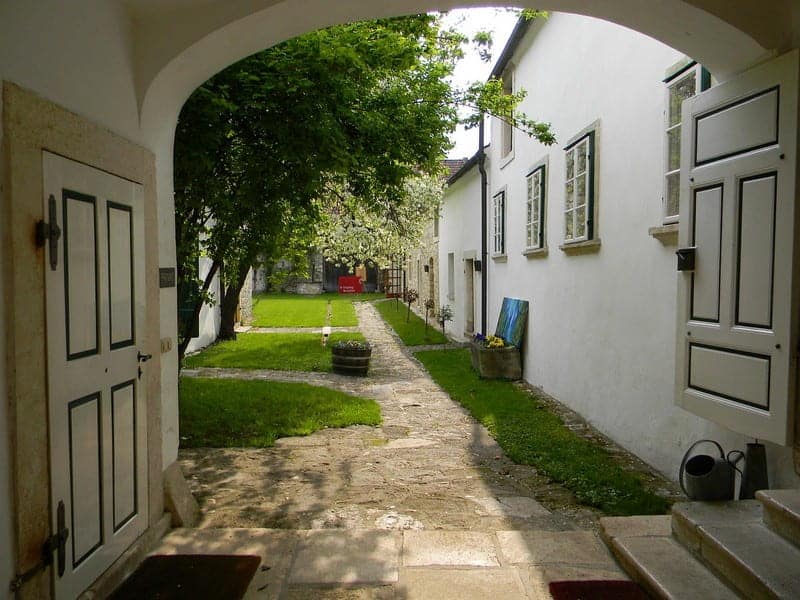
Creating Defined Areas
Designing distinct areas within outdoor spaces can significantly enhance functionality and flow. Consider gardens, dining zones, or contemplative spaces for reading and relaxation. Using elements such as trellises, hedges, or decorative fencing can help delineate these areas without obstructing views.
Creating a path that connects these zones encourages exploration and enhances the journey throughout your outdoor space. The path can be lined with lighting for visibility and to create a magical ambiance at night, inviting occupants to experience all aspects of the outdoor setting.
By blending these elements intelligently, you can not only guarantee a sophisticated finish but also promote an engaging and enjoyable interaction with nature. This guide offers a comprehensive approach to seamlessly transitioning interior sophistication to outdoor charm. Implementing the strategies above ensures your outdoor spaces are not just functional, but equally stunning and reflective of your individual style.


